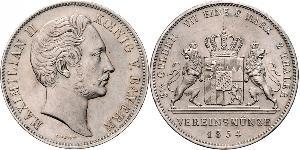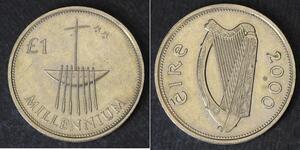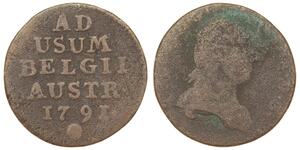States of Germany silver coins
The states of Germany issued a wide variety of silver coins throughout history, reflecting the diverse political landscape of the region before the unification of Germany in 1871. Each state had its own coinage system, designs, and denominations. Here are some examples of silver coins issued by prominent German states:
Prussia: As one of the largest and most powerful states in Germany, Prussia issued numerous silver coins. These included denominations such as the Thaler, Groschen, and Schilling. Prussian silver coins often featured the bust of the ruling monarch on the obverse and the coat of arms or other state symbols on the reverse.
Bavaria: Bavaria was another important German state that issued its own silver coins. Bavarian silver coins included denominations such as the Gulden, Kreuzer, and Heller. The designs varied depending on the time period but typically featured the portrait of the ruling monarch and various Bavarian heraldic symbols.
Saxony: Saxony issued a range of silver coins, including the Thaler, Groschen, and Pfennig. These coins often featured the portrait of the ruling Elector or King of Saxony on the obverse and the Saxon coat of arms on the reverse.
Württemberg: Württemberg issued its own silver coins, including the Gulden, Kreuzer, and Heller. These coins typically featured the portrait of the ruling monarch on the obverse and the Württemberg coat of arms or other state symbols on the reverse.
Hanover: Hanover issued silver coins during its time as a kingdom and later as a member of the German Confederation. These coins included denominations such as the Thaler and Groschen. The designs often featured the portrait of the ruling King of Hanover and the Hanoverian coat of arms.
Hesse: Hesse issued silver coins, including the Gulden, Kreuzer, and Heller. These coins featured the portrait of the ruling Grand Duke or Landgrave of Hesse on the obverse and various Hessian symbols on the reverse.
These are just a few examples of the many silver coins issued by the states of Germany before unification. Each state had its own distinct coinage system and designs, reflecting its unique history and political identity.
You may be interested in following coins
2025-05-24
- New coin is added to 1 Pound Ireland (1922 - ) Silver
1 Pound Ireland (1922 - ) Silver
group has 6 coins / 6 prices
⇑
IRELAND REPUBLIC 1 Punt (Pound) 2000 - Copper/Nickel - Millennium - aUNC - 4199
2025-05-25
- New coin is added to 1 Liard Austrian Netherlands (1713-1795) Copper
1 Liard Austrian Netherlands (1713-1795) Copper
group has 7 coins / 7 prices
⇑
Austrian Netherlands - Liard 1791 - Head




-300-150-IdLBwcI0cU8AAAEqizBDRaSY.jpg)

-300-150-NgSsHgTyCiIAAAGW1HxyjNgw.jpg)


